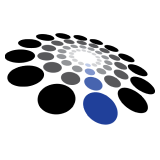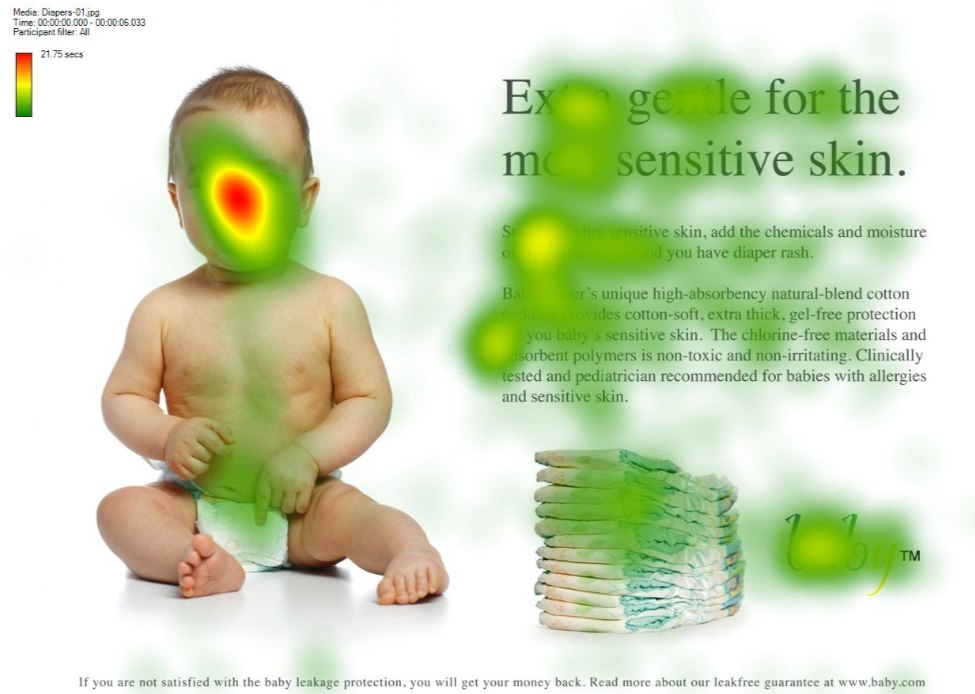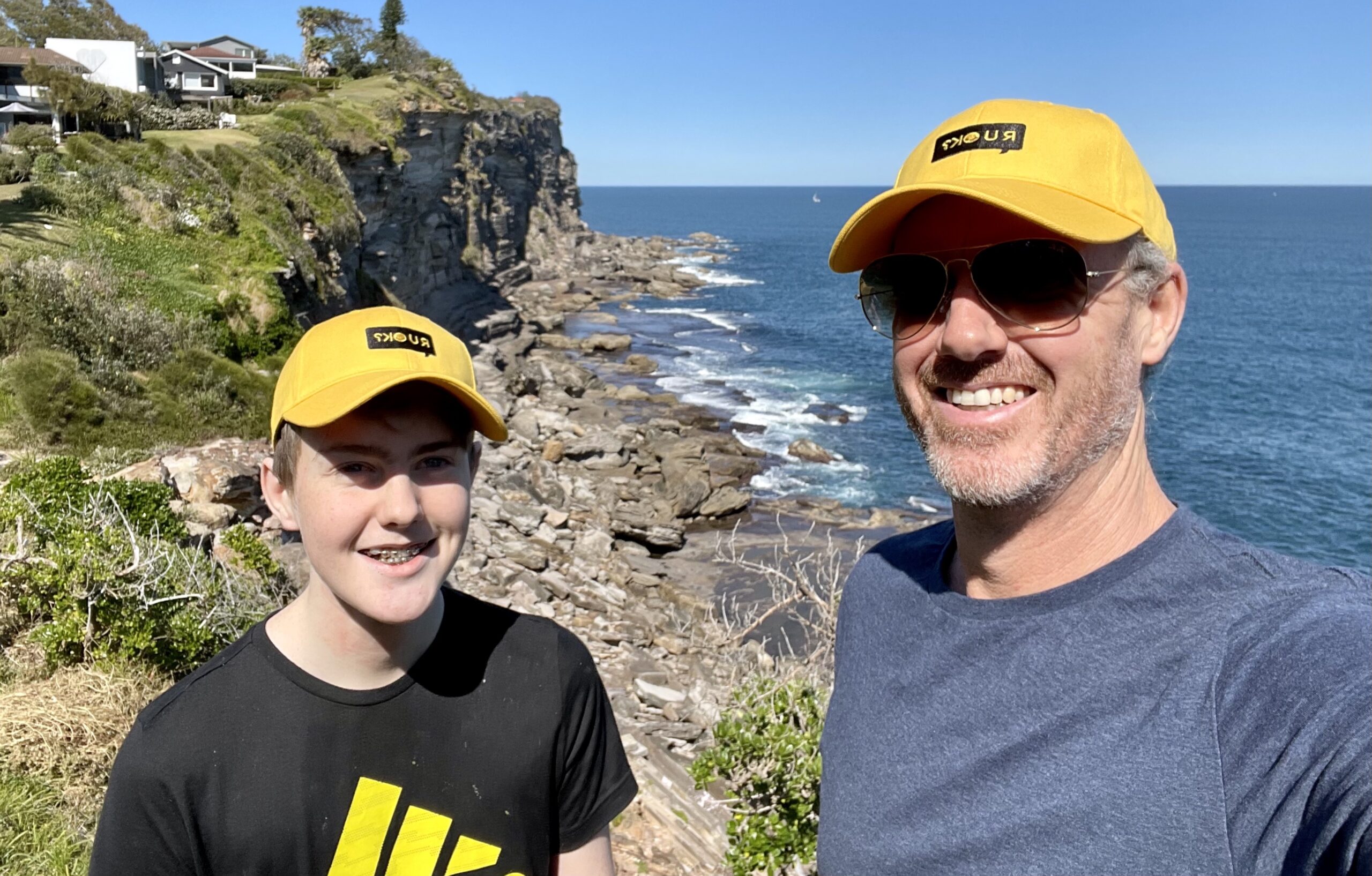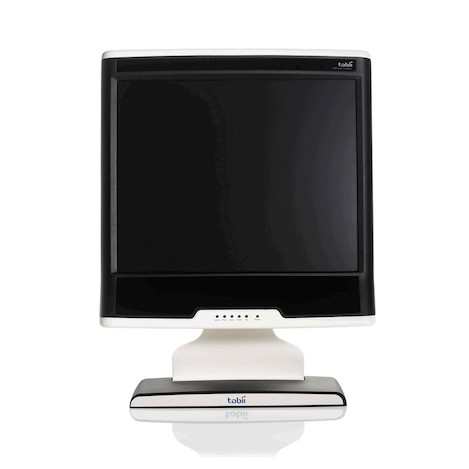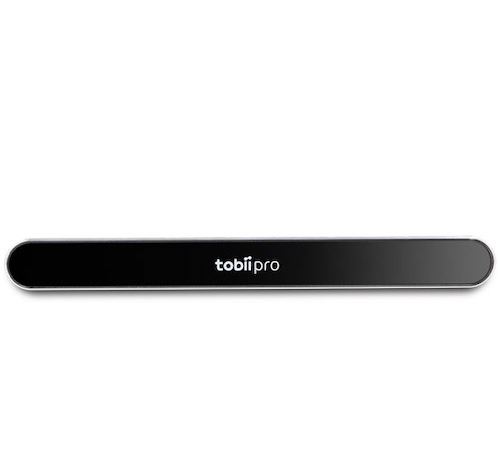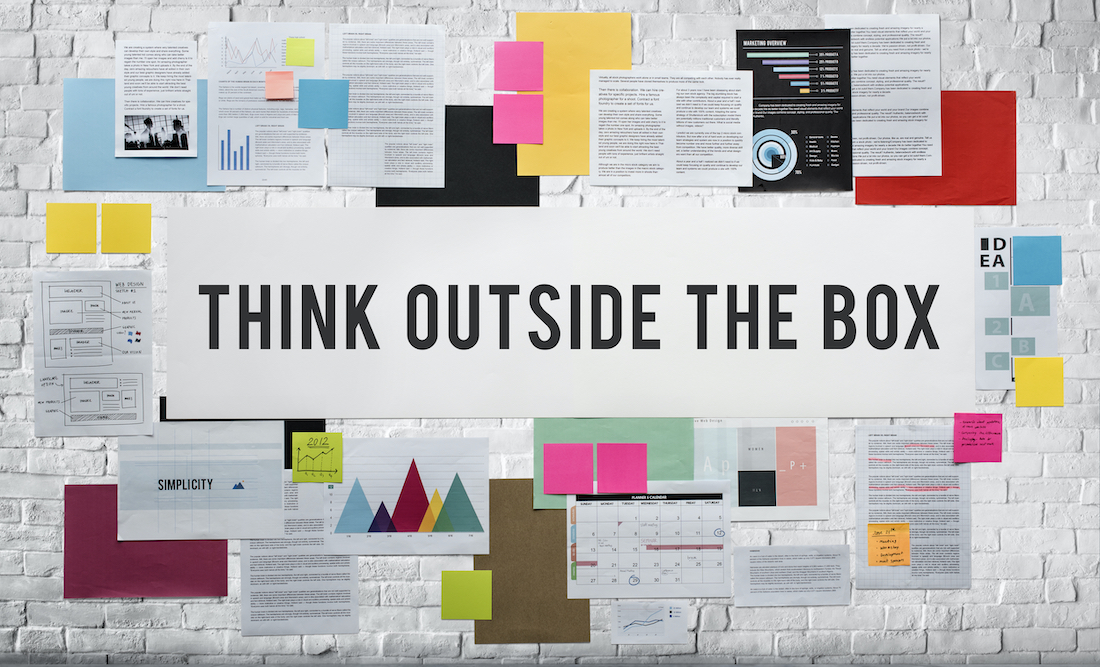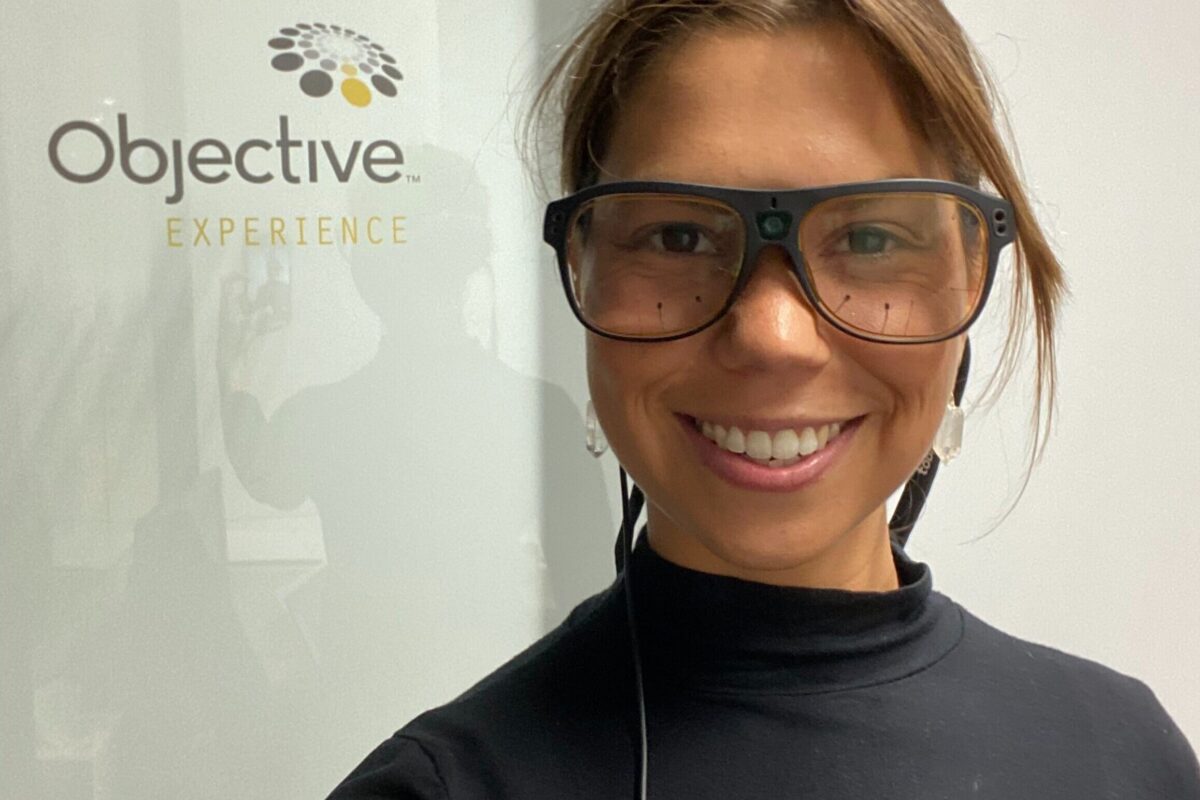This is a rewrite of an amazing eye tracking blog post that James Breeze, our CEO, posted back in 2009 on his old UsableWorld Blog when our company was called Objective Digital. It was soon after we first became the Tobii Pro Eye Tracker Resellers for Australia and New Zealand.
The article has been referenced in numerous posts Globally and James’ insights have been included in a few marketing textbooks around The World too!
This eye tracking study demonstrates a compelling and very simple insight about human nature that is still relevant today. In fact, James was contacted last month to use the images, 12 years on! So good!
Ben is now 13!
Eye Tracking in 2009
People look at other people’s faces
Here’s a quick example of eye tracking that shows humans are attracted to faces, from birth. Particularly if the faces are looking directly at you.
Even my 11 month old son looks straight at faces shown to him in Facebook! It is human nature, and we do it from birth.
Did you know that the images of faces that capture people’s attention can be used to guide people around a website or an ad? I thought it was obvious! However, when I was at ad:tech Sydney 09 last week I mentioned it to people, and they were amazed! I realised it was worth posting about it!
Here’s a little experiment with 106 people that I’ve demonstrated the Tobii T60 eye tracker to over the last month or so.
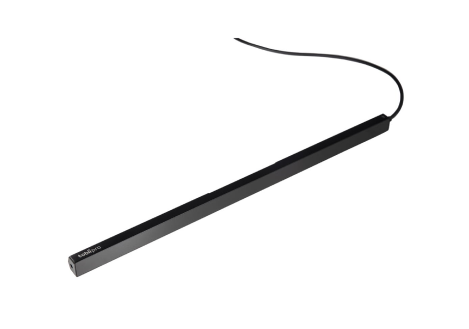
Tobii Pro Fusion
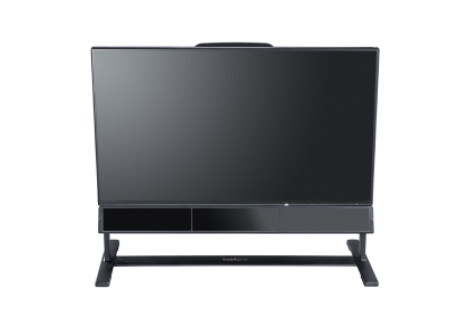
Tobii Pro Spectrum
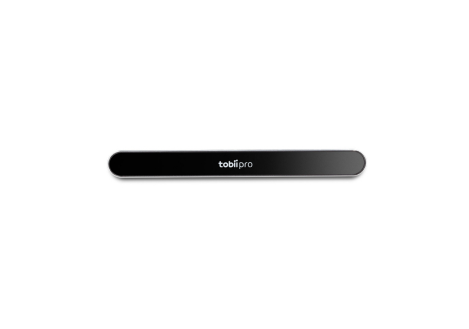
Tobii Pro Nano
The image below is a sample gaze path of one person looking at a baby in a product ad.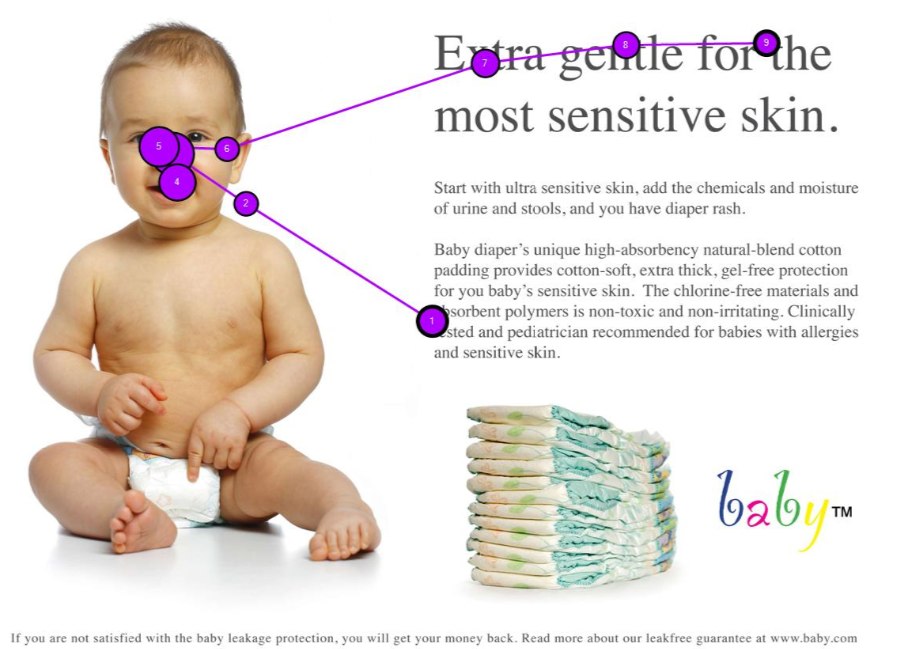
The blobs are where the person has fixated on the image. You’ll notice the person starts looking in the middle of the page (we planned it that way by using a fixation cross between each stimuli) and then goes straight to the baby face. He focusses on it a few times then moves his attention over to the text by his 7th fixation.
And here’s an image of that same baby looking up and toward the main content heading. Notice the person fixates less on the baby’s face and then he quickly looks straight over to the text at the 5th fixation.
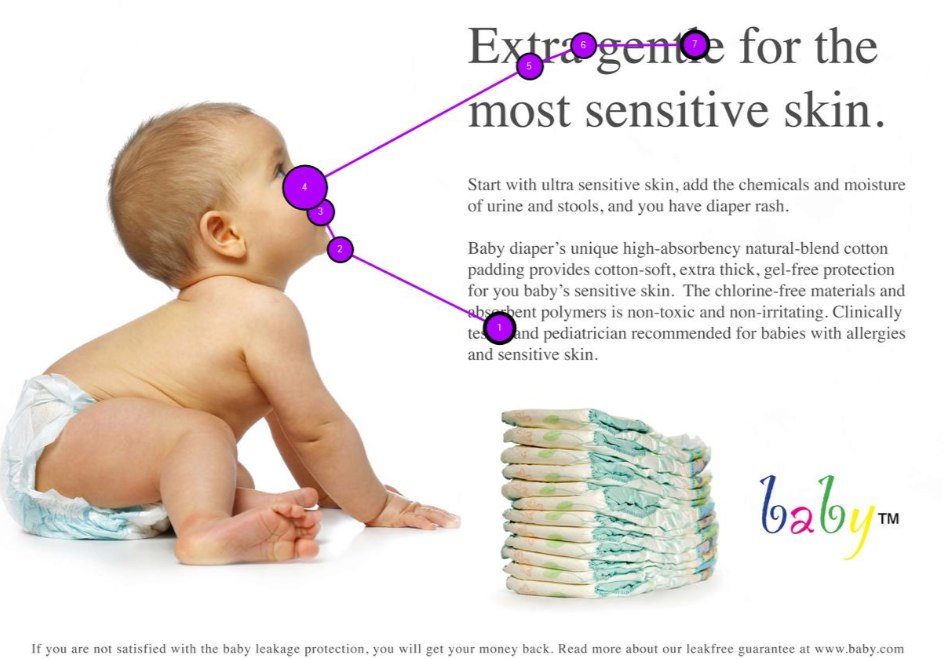 One person you say?
One person you say?
Well, here’s a combined eye tracking heat map of 106 people looking at the first image. The redder the spot, the more time people looked at it.
![]() There is heaps of focus on the baby’s face and relatively little on the text.
There is heaps of focus on the baby’s face and relatively little on the text.
Here’s the same 106 people looking at the second image for the same amount of time (The images were shown in a to everyone in a random order on Tobii Studio software running with a Tobii Pro T60 eye tracker).
![]()
Notice how many more people are actually reading the text that the baby is looking at in the above image? Not to mention the increased attention on the brand to the bottom right!
When we look at an advertising page we will be directed look at what the person we see in an ad is looking at. If they are looking out of the image straight at us then we will simply look back at them and not really anywhere else.
Faces can be used to guide a person’s attention to key content and make sure they actually read it.
What are you looking at?

